How Juliana Koepke survived alone in the jungle after a plane crash
Categories: Catastrophes
By Pictolic https://pictolic.com/article/how-juliana-koepke-survived-alone-in-the-jungle-after-a-plane-crash.htmlThe plane carrying 17-year-old Juliana Kepke was struck by lightning. The winged car literally fell apart in the air, and the girl fell from a three-kilometer height into the green jungle of Peru. She not only survived, but also found the strength to go to people. Juliana's journey took 11 days and was very difficult. But everything ended well, although many considered Juliana’s salvation a miracle.
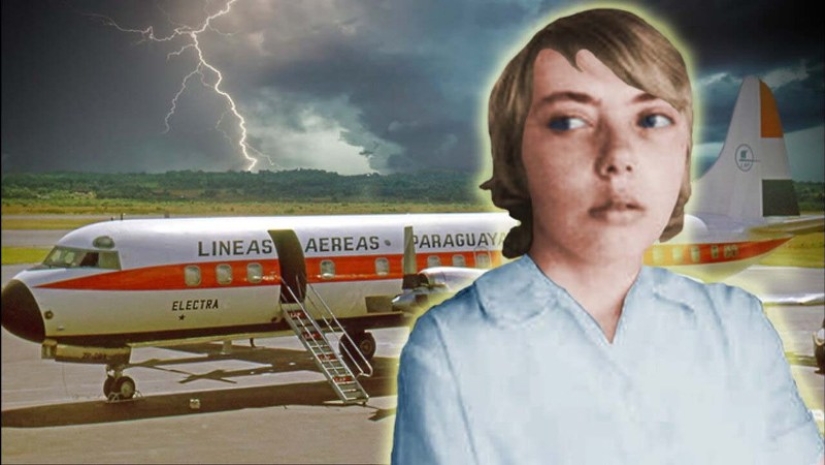
Juliana Margaret Beata Koepke was born on October 10, 1954 in Peru. Her parents were Maria von Mikulicz-Radetzky and Hans-Wilhelm Kepke, biologists with German roots. Juliana spent her childhood at biological stations, lost in the virgin Peruvian jungle. It was this fact that, years later, helped the girl survive in a hopeless situation.
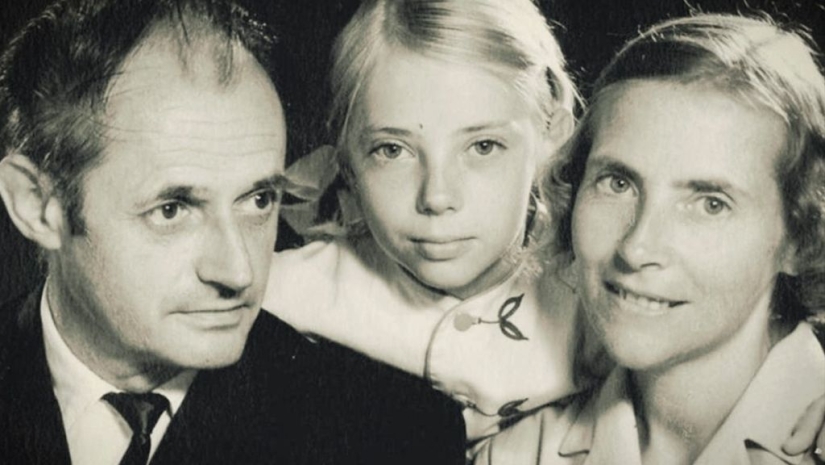
To finish school, Juliana was forced to move from a house in the forest to the capital of Peru, the city of Lima. But she spent her holidays with her parents, at a biological station in the forest. On December 24, 1971, the girl and her mother boarded a Lansa plane in Lima. This carrier had a poor reputation because it used old aircraft that had long been decommissioned.
The four-engine Lockheed L-188 Electra that took Juliana and her mother into the air was a real piece of junk, assembled from parts of other aircraft. And he, nevertheless, would have reached his destination. But 15 minutes before landing, a severe thunderstorm began. The plane shook violently and panic began in the cabin. This is how the girl herself described the situation:

And then one of the plane's engines was struck by lightning. For a serviceable aircraft this is not a problem. But the old Lockheed could barely stay in the air. After the electrical discharge, the plane began to fall almost vertically. Juliana heard her mother say, “It’s over now.” Immediately after this, the old trough fell apart in the air.
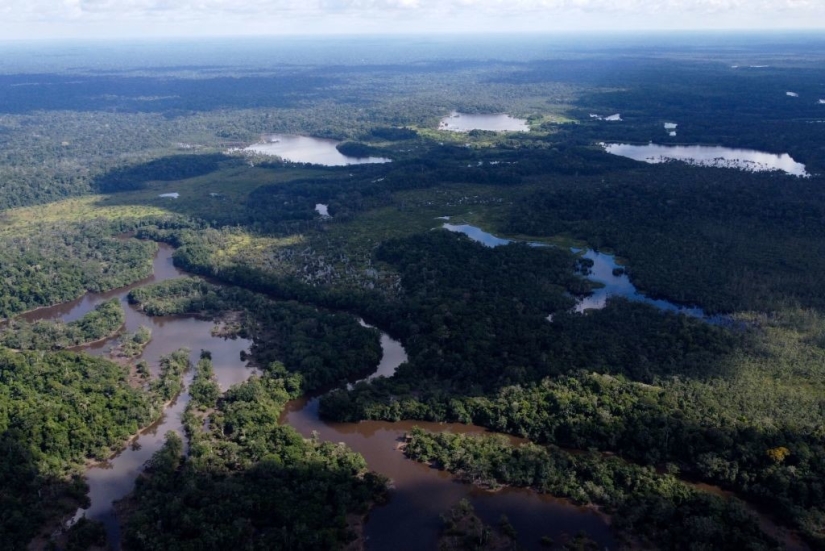
Juliana remembered only the whistle of the wind and the approaching greenery of the jungle, similar to broccoli. After that she lost consciousness. A miracle happened and the girl, having fallen from a height of 3 kilometers, not only did not die, but also did not receive serious injuries. In Werner Herzog’s documentary “Wings of Hope,” Juliana explained this as a coincidence of several factors.
Firstly, there was a strong storm and, probably, some air currents were moving from bottom to top, slowing down the fall. Secondly, the girl was fastened to a seat, which was torn away from the fuselage with two adjacent ones. A row of seats rotated as they fell, like a winged maple seed, which greatly reduced the speed. Well, and thirdly, Juliana fell on a real trampoline made of branches and vines. Kepke woke up already on the ground. In the film about her miraculous salvation, she says:
Having come to her senses, Juliana began to assess the damage caused by the fall. Everything turned out to be not so bad. She had a broken collarbone, injured ligaments in her knee and a concussion. There were also shallow lacerations on the arm and leg. But the worst thing was that Kepke found herself completely alone in the jungle and had no idea where exactly.
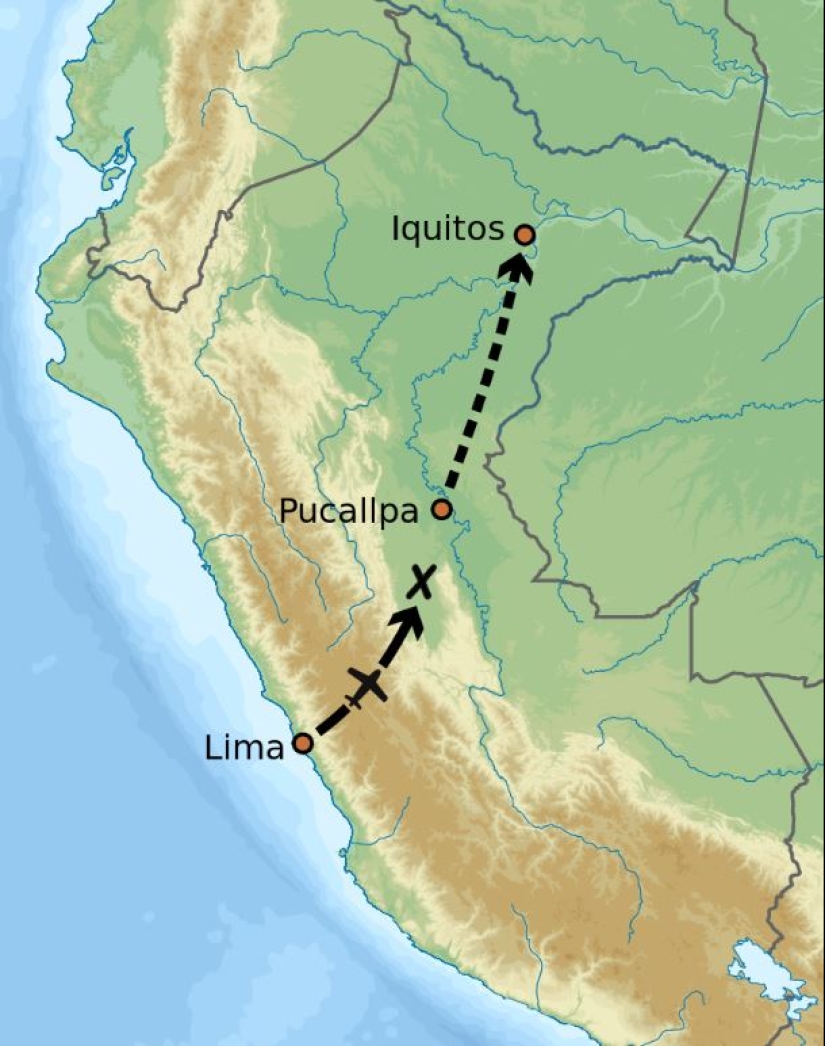
However, she quickly realized that she might not be found, since she fell separately from the wreckage of the plane. And the girl decided to get out on her own. It wasn’t just injuries that prevented me from going. During the fall, Juliana lost one sandal and glasses. The girl suffered from myopia and it was very difficult for her without glasses.
But she had experience living in jungle research stations, and that meant a lot. First, Juliana found a stream. She knew that if you go down its current, you will certainly come out to a large river. And where there is a river, there are people. The girl walked along a small stream for four days. And only then did I first come across traces of the disaster.
She heard the flapping of a vulture's wings. Heading towards the sound, she soon saw a passenger seat on the ground, above which her legs were sticking up.

The bodies were disfigured and covered with dirt, but Juliana had to look at one of them, in a skirt. She was afraid it would be her mother, but she noticed painted nails. Maria never painted her nails and the girl calmed down a little. Not far from the chairs lay a bag of sweets, which Juliana took with her. There was also a large Christmas cake there. But she was afraid to touch him, because she decided that he had gone bad. Later she had to regret it more than once.
During the entire eleven days of the journey, Juliana Kepke ate only a few sweets from the bag of sweets. At this time of year there was still no fruit in the jungle, and the girl did not have the strength to catch fish or small animals. To overcome hunger, I had to drink a lot of water, but in the last days of the journey this no longer helped.
In the film, Kepke said that she was so hungry that her mind became clouded. She wanted to catch a poisonous frog and eat it, but fortunately she could not catch up with the reptile. Knowledge about the local fauna greatly helped Juliana. She knew that the caimans in local waters were small and avoided people. But you need to be afraid of freshwater stingrays in streams, as they can cause serious injury with the spike on their tail.
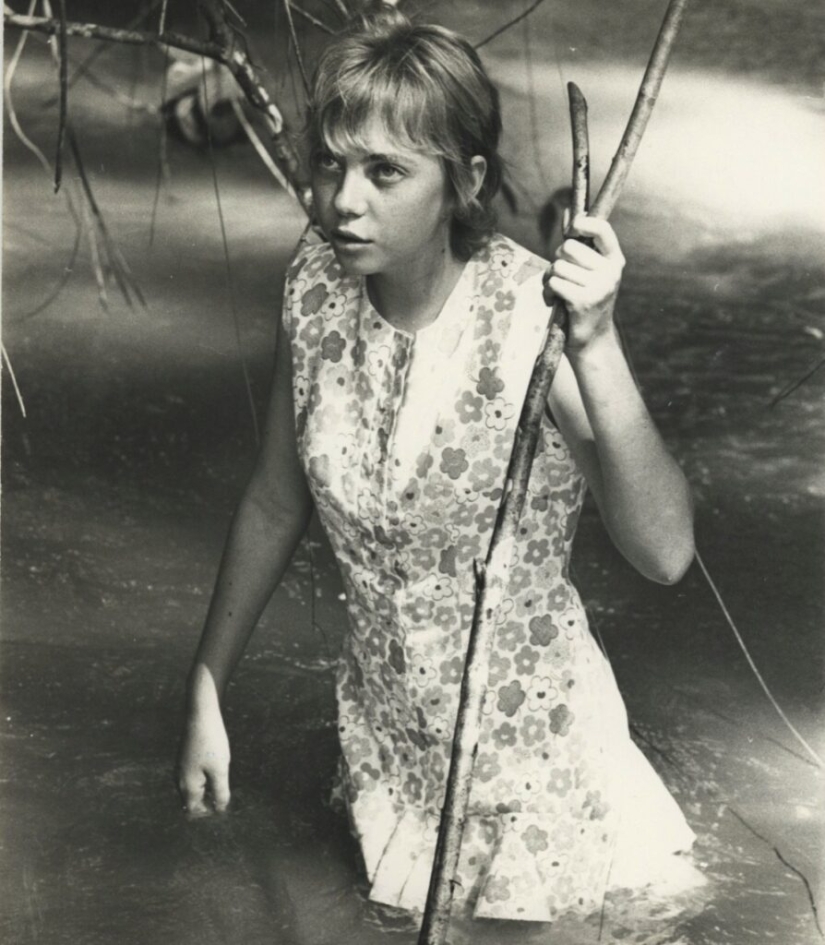
Kepka was informed that the river was very close by the cries of hoatzin birds. She knew that these birds settle only on the shore. Coming out to a large river, Juliana found a large log and swam down its current. At nightfall she went outside to sleep and wait out the rain, which usually began at dusk.
On the tenth day of the journey, the desperate Juliana unexpectedly found a motor boat. Having examined the shore, she also discovered a small hut in which there was a canister of gasoline. Juliana washed the wounds with fuel, which had become infected with fly larvae during the trip. The exhausted girl fell asleep in the house. In the morning, she was awakened by male voices that seemed angelic to her.
The Peruvians were frightened when they saw the guest. They mistook her for a river spirit, since Juliana was covered in dirt, and her eyes were bloodshot. The blood vessels in the eyes burst when falling from a height, due to a sharp change in pressure. But when the men heard the strange creature address them in Spanish, they calmed down. They fed her and bandaged her wounds, and then took her by motorboat to their village.
From the village, Juliana was taken by air ambulance to a hospital in Lima. There she met her father and learned that her mother had died. People who discovered the body said Maria Koepke survived the fall but was immobilized due to her injuries. She spent six terrible days in the jungle before she died.
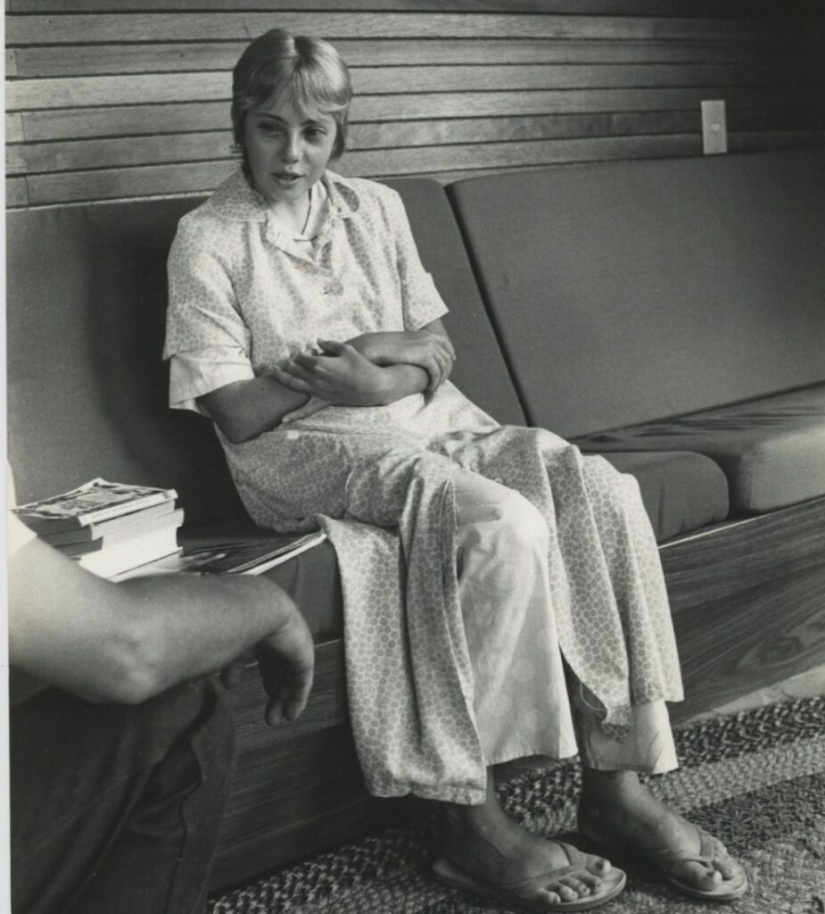
This news greatly affected Juliana's condition. The behavior of the journalists made everything worse. They simply followed the girl, trying to find out some new facts. Having a minimum of information, the press representatives lied shamelessly. For example, the German weekly Stern told how Kepke found a cake in the jungle and ate it. The article showed her as a completely insensitive and stupid person.
But the ugliest of all was the low-budget film by Italian director Giuseppe Maria Scotese, Miracles Still Happen. This “masterpiece” was published in 1974 and in it Kepke was shown as a hysterical fool. Juliana later admitted that this movie was the most unpleasant thing she had seen since her rescue.
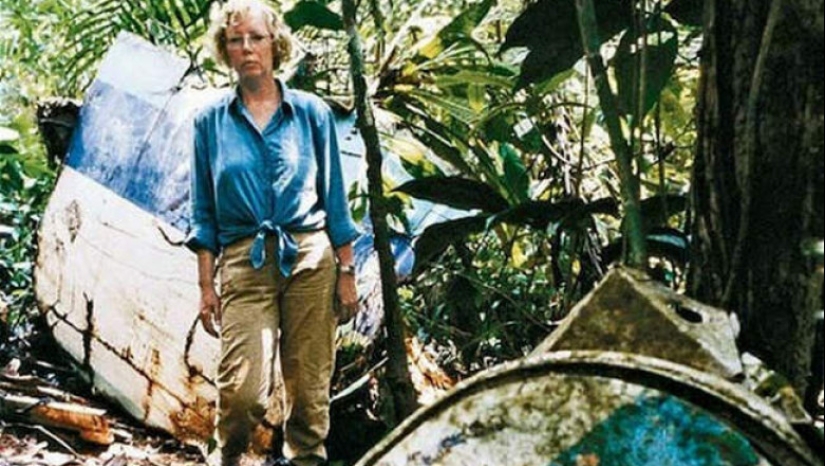
Juliana Kepke graduated from university and became a biologist. In 2000, she took over the leadership of the Panguan research station, which had been headed by her father for many years. In 2011, the woman published a book about her misadventures in the jungle, which she called “When I Fell from the Sky.”
Recent articles

Twitter user @FactBuffet collects interesting facts about everything. Today we bring to your attention another series of facts that ...

Aomori Prefecture in the north of the Japanese island of Honshu is an agricultural region famous for its delicious apples. In ...

Imagine a baby vampire or a tiny zombie with glass eyes ... An artist from the USA Bean Shanine specializes in creating such ...